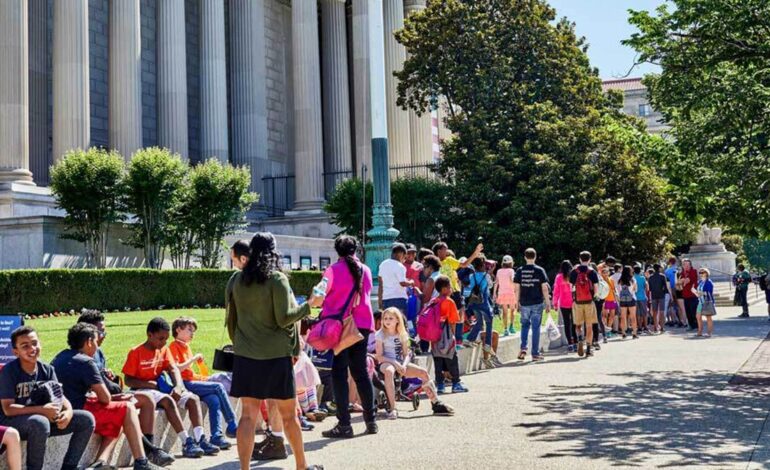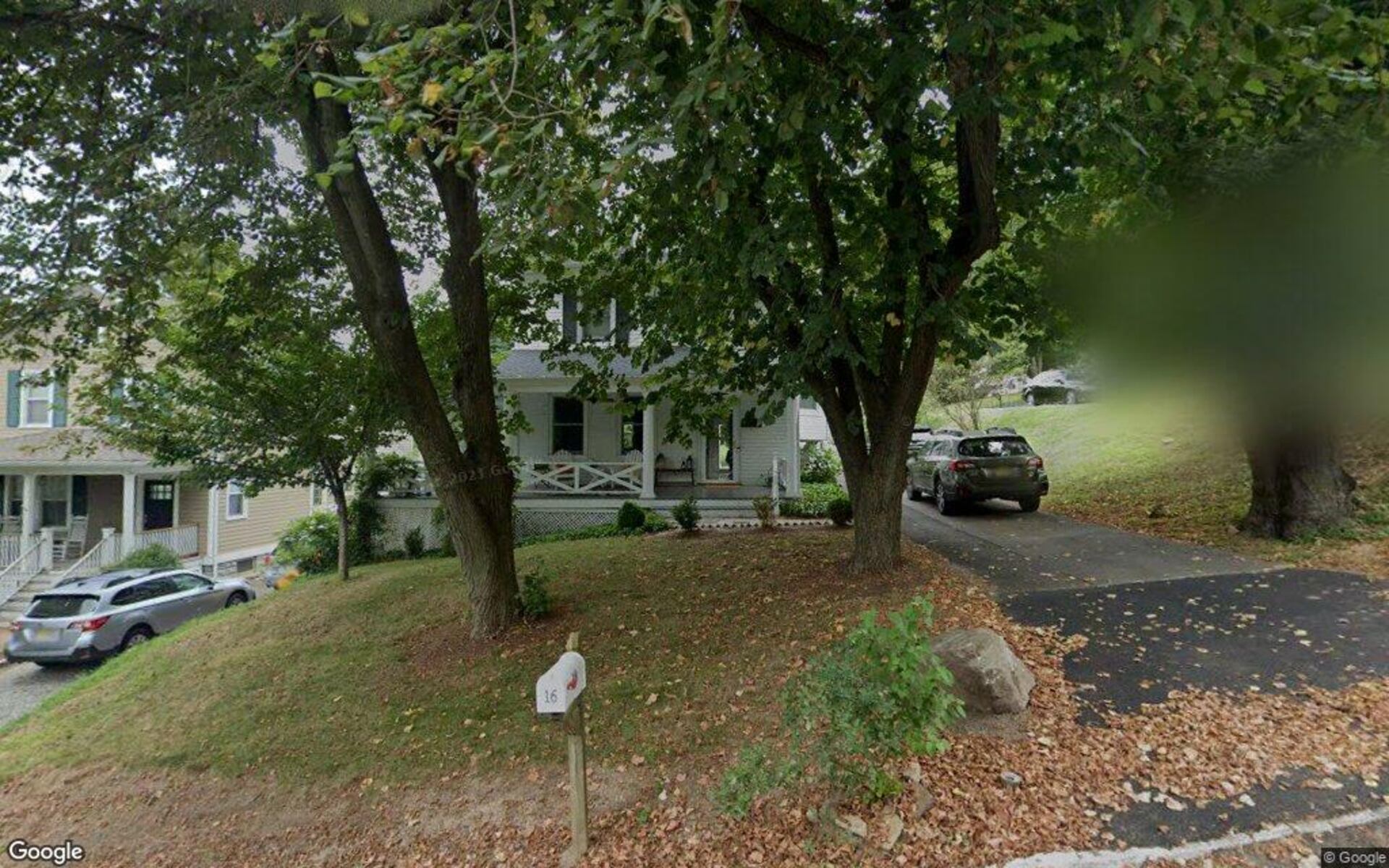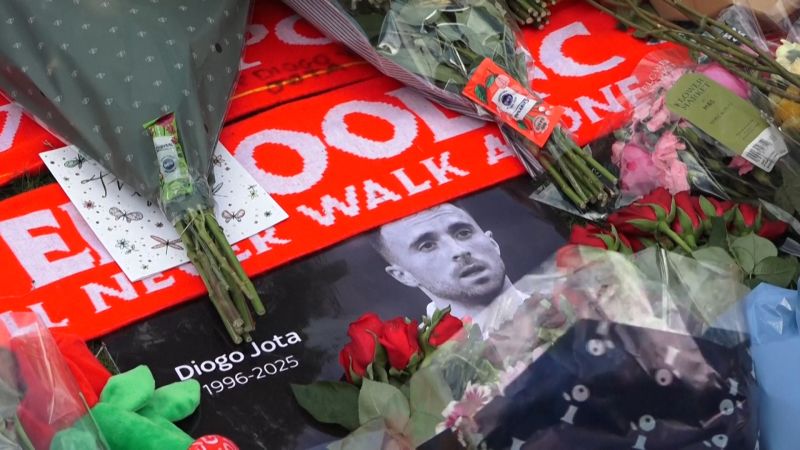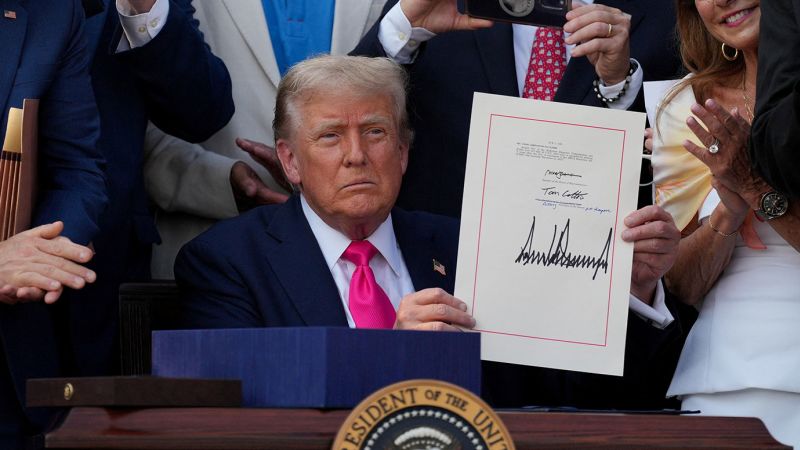Study Reveals Disparities in Access to Cultural Institutions

A recent study highlights significant challenges faced by less educated and lower-income neighborhoods in accessing cultural institutions that can enhance social mobility. The research, co-authored by Elizabeth Currid-Halkett from the USC Price School of Public Policy, reveals a persistent geographical divide that limits opportunities for residents in these communities.
The study examined various neighborhoods across the United States, focusing on the distance and accessibility of cultural institutions such as museums, theaters, and art galleries. Findings indicate that disadvantaged areas consistently have fewer cultural resources within a reasonable distance, which can hinder residents’ ability to engage in activities that foster educational and economic advancement.
According to the study, individuals from neighborhoods with lower educational attainment and income levels are often forced to travel significantly farther to reach these cultural venues. For example, residents in these areas may find themselves located over 50% farther from cultural institutions compared to their more affluent counterparts. This disparity not only restricts access but also diminishes the potential for social mobility through cultural engagement.
Implications for Social Mobility
The implications of these findings are profound. Cultural institutions play a crucial role in providing educational resources, community engagement, and networking opportunities that can lead to improved social outcomes. Without adequate access, residents in disadvantaged neighborhoods may miss out on essential experiences that could help elevate their social standing.
Currid-Halkett emphasizes the importance of addressing these barriers. “Access to cultural institutions is not just about geography; it’s about opportunity,” she stated. “If we wish to promote social mobility, we must ensure that all communities have equitable access to these valuable resources.”
The study calls for policymakers and cultural leaders to develop initiatives aimed at bridging this gap. Possible solutions include increasing funding for transportation services to cultural venues and creating community programs that bring cultural experiences directly to underserved neighborhoods. By tackling these barriers, there is potential to foster a more inclusive cultural landscape.
Path Forward
As cities and towns continue to grapple with issues of inequality, this study serves as a reminder of the critical role that cultural institutions can play in leveling the playing field. Engaging with local communities to understand their specific needs is vital for creating effective strategies that promote access and inclusion.
In conclusion, the research co-authored by Elizabeth Currid-Halkett provides valuable insights into the disparities in access to cultural institutions. By recognizing and addressing these barriers, it is possible to create a more equitable society where all individuals have the opportunity to thrive through cultural engagement. As the conversation around social mobility continues, this study remains a crucial point of reference for future initiatives and policies.






